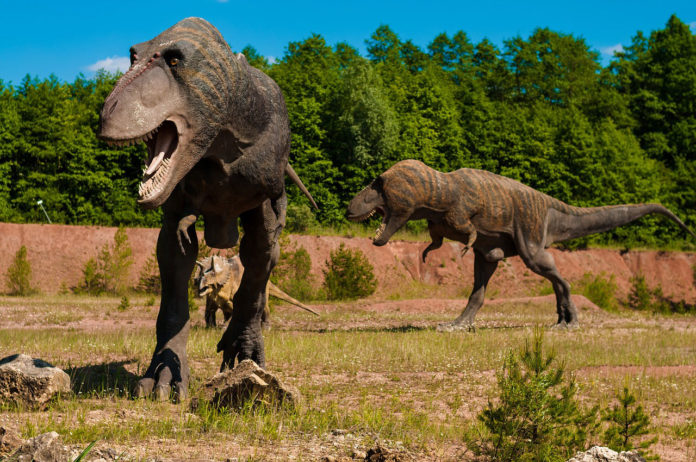Gender selection is a major evolutionary driver of many biological traits in animals. It is essential for understanding the anatomy, behavior, and evolution of species and clades.
Sexual dimorphism is very common within the animal kingdom. It is expected that dinosaurs also exhibit these differences. However, new research suggests that, in most cases, this is far too difficult to tell from the skeleton alone.
In the new investigation, scientists at the Queen Mary University of London have analyzed the skulls from modern-day gharials, to perceive how it is easy to distinguish between males and females using only fossil records. The gharial, also known as the gavial, is an endangered and giant crocodilian species.
A total of 106 gharial specimens were studied.
Male gharials are more generous than females. Also, male gharials possess a fleshy growth on the end of their snout, known as a ghara. Whilst the ghara is made from soft tissue, it is supported by a bony hollow near the nostrils, known as the narial fossa, which can be identified in their skulls.
Scientists also found that- despite the presence of narial fossa in males, it was challenging to characterize their gender.
Dr. David Hone, Senior Lecturer in Zoology at Queen Mary University of London and author of the study, said: “Like dinosaurs, gharials are large, slow-growing reptiles that lay eggs, which makes them a good model for studying extinct dinosaur species. Our research shows that even with prior knowledge of the sex of the specimen, it can still be difficult to tell male and female gharials apart. With most dinosaurs, we don’t have anywhere near that size of the dataset used for this study, and we don’t know the sex of the animals, so we’d expect this task to be much harder.”
“Some animals show extraordinarily high levels of sexual dimorphism, for example, huge size differences between males and females. Gharials sit somewhere in the middle as they do possess these large narial fossae that can help with identification. Our study suggests that unless the differences between the dinosaurs are striking, or there is a specific feature like the fossa, we will struggle to tell a male and female dinosaur apart using our existing dinosaur skeletons.”
This new study challenges past studies that indicated differences between the sexes in popular dinosaur species such as the Tyrannosaurus rex (T. rex) and led to common misconceptions amongst the general public.
Dr. Hone said, “Many years ago, a scientific paper suggested that female T. rex are bigger than males. However, this was based on records from 25 broken specimens, and our results show this level of data isn’t good enough to be able to make this conclusion.”
Journal Reference:
- David Hone, Ontogeny of a sexually selected structure in an extant archosaur Gavialis gangeticus (Pseudosuchia: Crocodylia) with implications for sexual dimorphism in dinosaurs. DOI: 10.7717/peerj.9134
